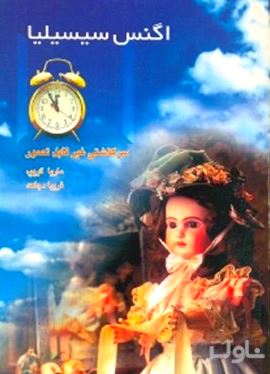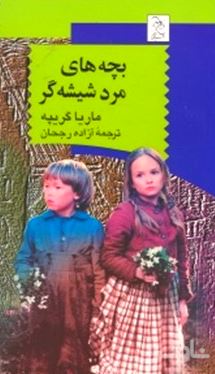|
نویسنده :
ماریا گریپ
ناشر :
سوگند
۴ از ۵
|
|||
|
نویسنده :
ماریا گریپ
ناشر :
آفرینگان
۳/۸ از ۵
|



